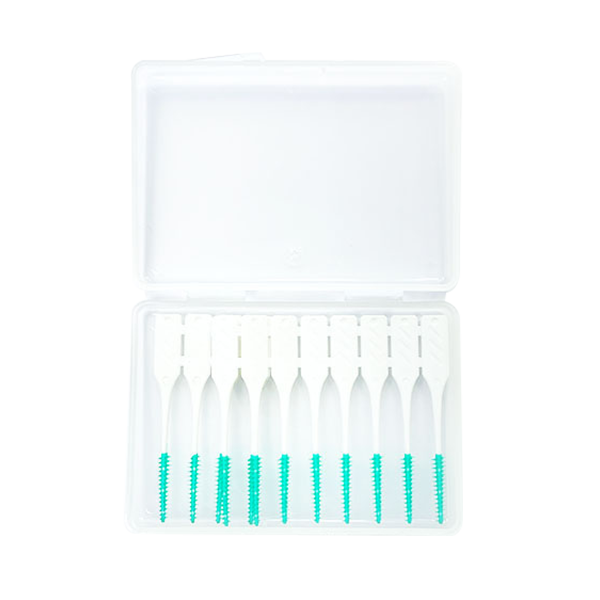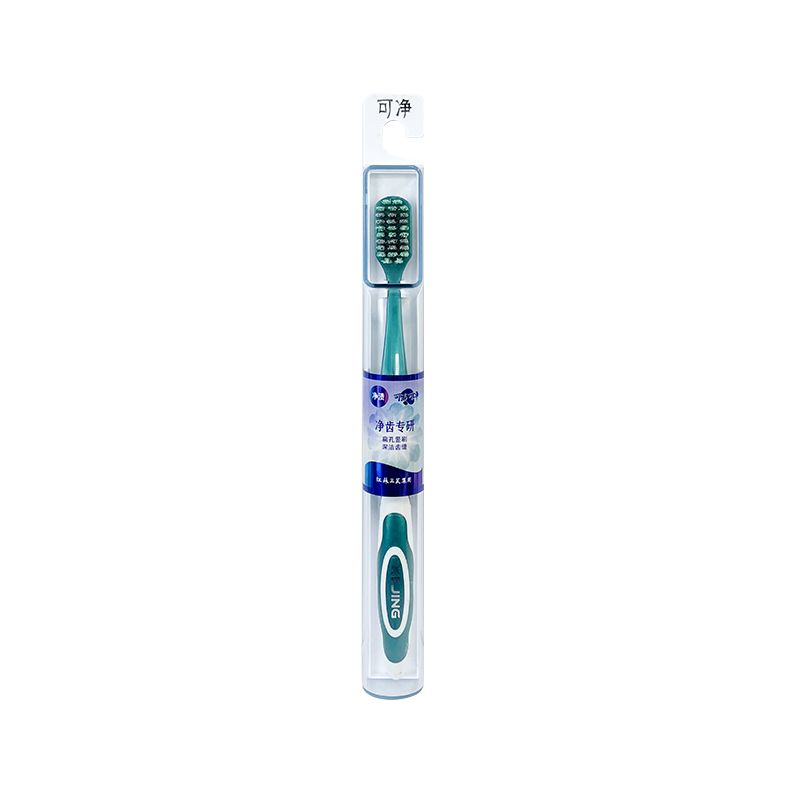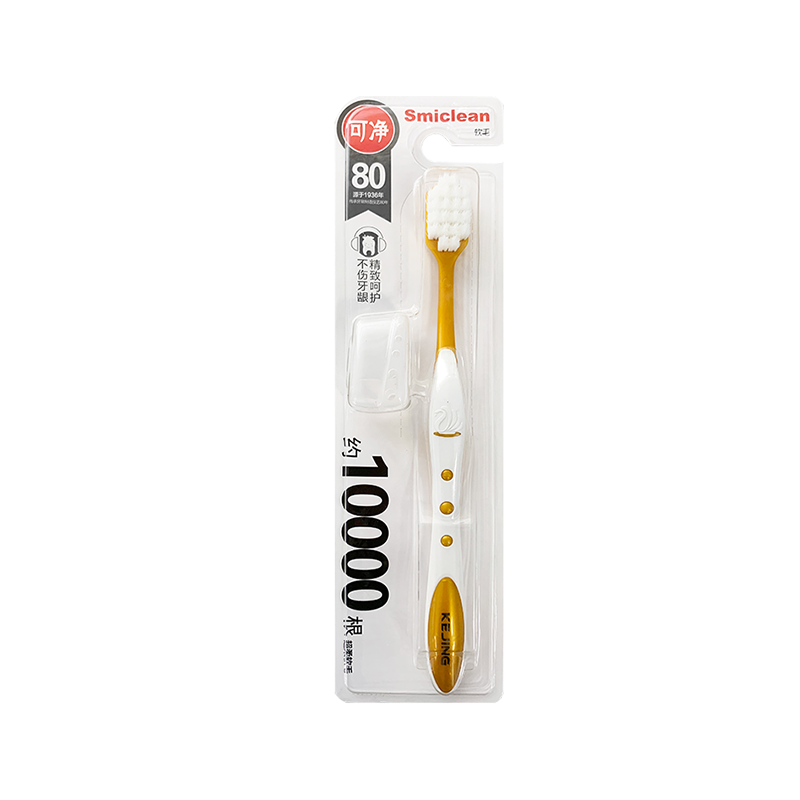Why are Interdental Brushes more effective than just a toothbrush for cleaning between teeth?
In daily oral hygiene, many people only rely on toothbrushes to brush their teeth, thinking that this is enough. However, although toothbrushes can remove most of the dirt and plaque on the surface of teeth, their cleaning effect on small areas such as the gaps between teeth is very limited. As people pay more attention to oral health, interdental brushes are gradually being understood and used by more and more people. So why is using interdental brushes more effective than using only toothbrushes to clean the gaps between teeth?
Interdental brushes are designed to clean the gaps between teeth. Interdental brushes are usually small brush heads with different diameters and hardnesses. They can be inserted into the narrow space between teeth to deeply remove food debris and plaque left in the gaps between teeth. Ordinary toothbrushes have thicker bristles and are densely arranged, making it difficult to enter the gaps between teeth. Studies have shown that toothbrushes are effective in cleaning the occlusal and external surfaces of teeth, but their cleaning ability on the adjacent surfaces (i.e. the contact surface between teeth) is very limited.
Tooth gaps that have not been cleaned for a long time are prone to plaque accumulation, which in turn causes gingivitis, periodontitis, bad breath and other problems. If the bacteria in the gaps between teeth are not removed in time, they will gradually destroy the gum tissue, causing redness, swelling, bleeding, and even loose teeth. Using an interdental brush can effectively interrupt the accumulation and reproduction of these bacteria in the gaps between teeth, which helps prevent the occurrence of periodontal disease.

For people with braces, dental implants or dental bridges, using an interdental brush is particularly important. These special oral structures often make cleaning more difficult, and it is difficult for toothbrushes to reach all corners. The small and flexible interdental brush can penetrate into the gaps between teeth and braces to complete the cleaning work more comprehensively.
In addition, the use of interdental brushes is not complicated. There are various types of products on the market, and users can choose the right model according to the width of their interdental gaps. When using it for the first time, you may feel uncomfortable or even have slight bleeding, but this is usually due to mild inflammation of the gums. With the increase in frequency of use, the health of the gums improves and the bleeding phenomenon will gradually disappear.
Toothbrushes are basic cleaning tools, but they cannot fully meet the needs of oral cleaning. Incorporating interdental brushes into your daily oral care routine can not only supplement the deficiencies of toothbrushes, but also more thoroughly clean the dead corners between teeth, effectively preventing a variety of oral diseases. Therefore, in order to achieve true oral health, it is recommended to use interdental brushes in conjunction with toothbrushes to develop a good habit of comprehensive cleaning.
 English
English русский
русский Español
Español




